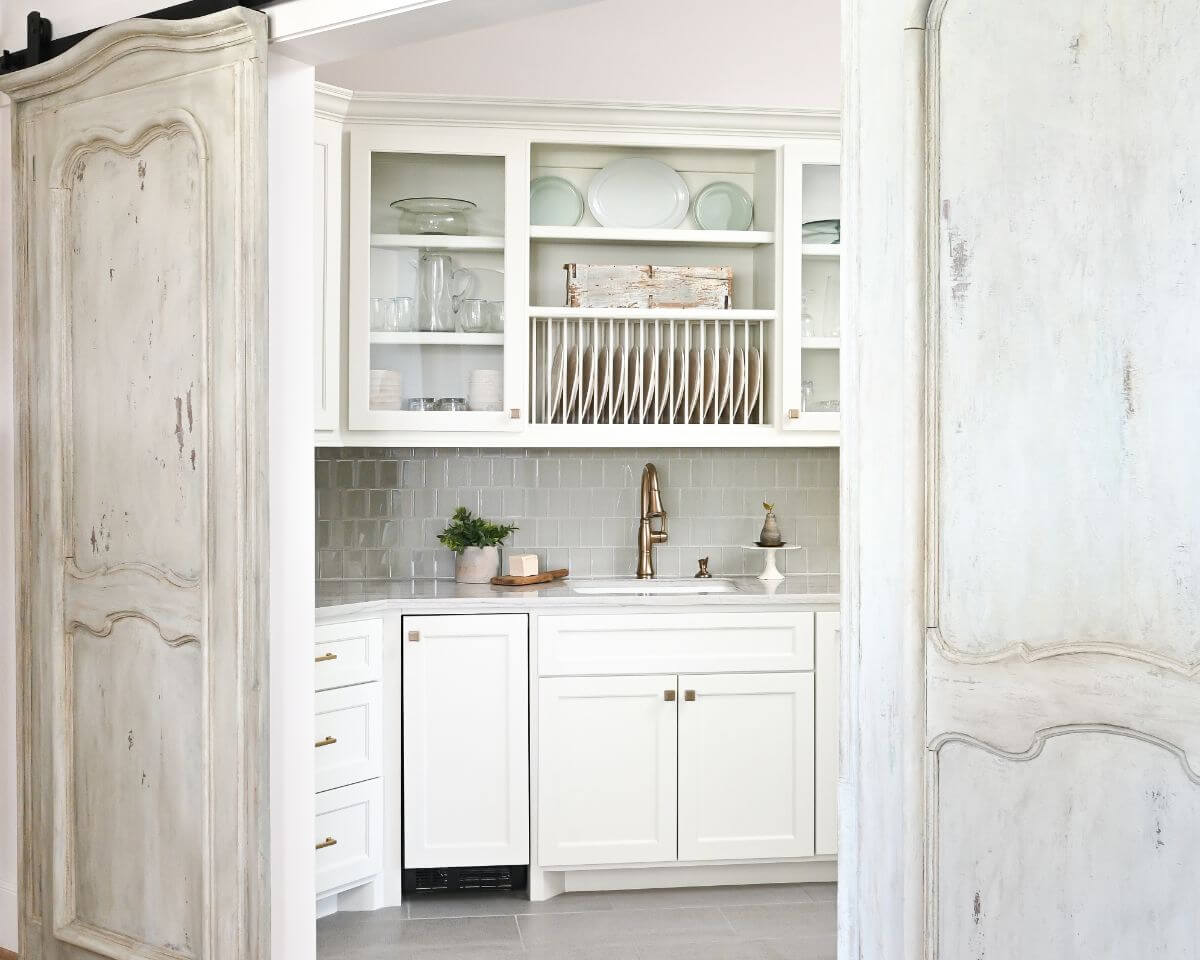Change orders are a part of every build. If you’re currently building your dream home or looking to start the process soon, it’s important to understand what change orders are and how they will affect your build.
What are Change Orders?
Change orders are documents used throughout the building process to inform the builder of any changes made by the owner that alter the original design plans. For example: during the design phase, you may have selected granite for your kitchen counter tops. However, along the way, you’ve decided you prefer tile in the kitchen. This would require a change order. On the other hand, the builder can also initiate a change order. This is less common, but can occur when materials are no longer available or have been delayed. Note: change orders always require the signature of both the client and builder, so that everyone stays on the same page.
What are the Benefits of a Change Order?
Change orders become necessary when a client changes their mind about a major selection or design element. At the end of the day, building the client’s dream home is what is most important- as long as they know and understand the risks and consequences involved in change orders.
What are the Consequences of a Change Order?
While change orders can ultimately help our client’s achieve their dream home, they might also cost them. Many change orders can cause delays in the build, as well as rack up additional cost. We advise our clients to weight the pros and cons. Is your change order worth delaying construction and incurring greater cost? Sometimes, yes. Sometimes, no. It’s wise to thoroughly think very change order though.
The reality is change orders an inevitable part of the building process. The goal is to need as few change orders as possible throughout the build.


